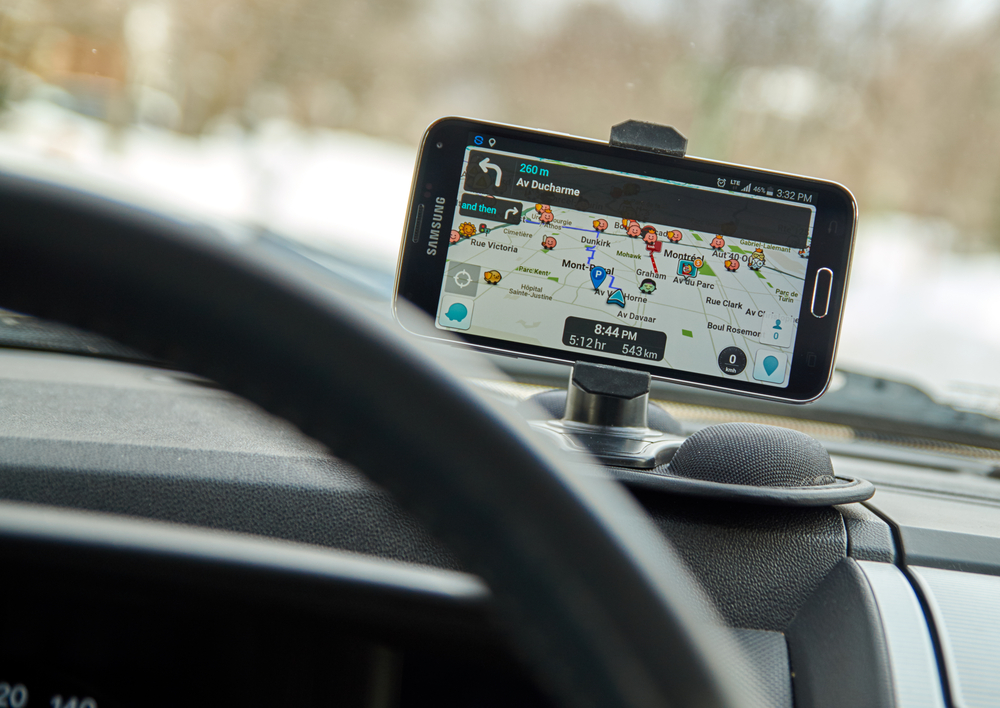Waze's Ambitious Plan To End Traffic For Good
In the mid-2000s, Waze Mobile co-founder Ehud Shabtai received a cutting-edge gift from his girlfriend: a GPS.
The expensive gadget was supposed to be a helpful device. But straight out of the box, it was already out-of-date and malfunctioning.
Shabtai, a longtime open-source coding enthusiast who graduated from Tel Aviv University with degrees in computer science and philosophy, had the immediate instinct to reinvent. He thought the GPS display should better reflect a region’s changing infrastructure.
Shabtai’s solution? To build an app, joining the elite ranks of innovative entrepreneurs with ideas that resonate at scale. With 80 million monthly active users globally and nearly 400,000 superusers who function much like Wikipedia volunteer editors (editing maps rather than words), Waze Mobile is no longer one coder’s curious upstart startup, but a revolutionary approach to navigation that caught the eye of a tech giant.
Acquired by Google for more than $1 billion in 2013, much of Waze’s value stems from its high rate of user engagement. Unlike traditional navigation apps that simply dictate directions, Waze asks its users to report accidents, backups and other road conditions in real time so other users can dodge the traffic by using an alternate route. Participation is incentivized through “gamification” — users can earn points, badges and other rewards while listening to playful variations on audio navigation (Morgan Freeman’s voice, for example).
The goal behind Waze’s crowdsourced, user-centered approach is an ambitious one: not just avoid traffic, but end it altogether. And it’s not as crazy as it sounds. With a shifting transportation landscape ripe for innovation and Google’s backing, Waze is finding new ways to put its loyal and active user base to use to make that vision a reality, including a plan to make carpooling cool.
To be sure, congestion is a problem plaguing cities and commuters the world over. Every year U.S. drivers waste $1,200 in fuel and precious time sitting in traffic, according to a recent study. It’s a problem everyone wants to solve, driving car and tech companies to throw millions at everything from navigation to ride-sharing to driverless cars.
Waze has been quietly ahead of the game for some time. In 2013, when Waze was just a small digital-mapping business with limited resources, it had something Google Maps and other competitors didn’t: richer GPS guidance thanks to its stream of live traffic reports from users.
These users were the cornerstone of Shabtai’s plan to solve for his GPS device’s “dumb” hardware: He grounded the app in software that could be perpetually updated by anyone.
“That in and of itself was a really innovative concept — to develop software that lives in the cloud, can be downloaded to any smartphone, and go incredibly viral, growing really quickly,” says Julie Mossler, Waze’s head of global brand and marketing. “Because we had this community of volunteer map editors, we were able to expand throughout the world from Israel without having to open a bunch of offices or do a lot of hiring. That was key to our success on a limited startup budget.”
That smartphone-wielding drivers of any economic status or market can participate is of core value to Waze, Mossler says.
“Anyone can become an editor. It takes just five minutes to watch [instructional] YouTube videos and begin to make map edits to the kilometer or so around your own home,” she says. “Anyone can have an impact in his or her own backyard.”
These volunteer editors take their role seriously, obsessively spending hours updating map information to help fellow road warriors. This viral, crowdsourced approach to navigation has spread to other traffic-ending ideas, leading the company to roll out a new Waze Carpool app in California and Brazil.
